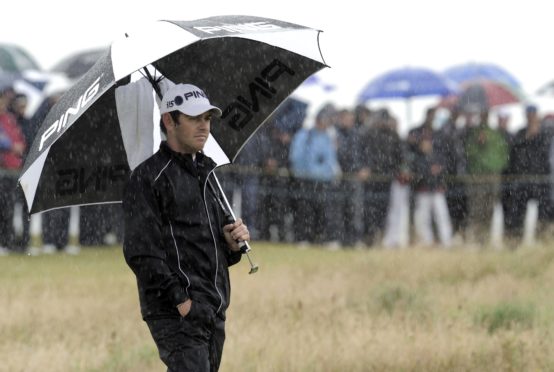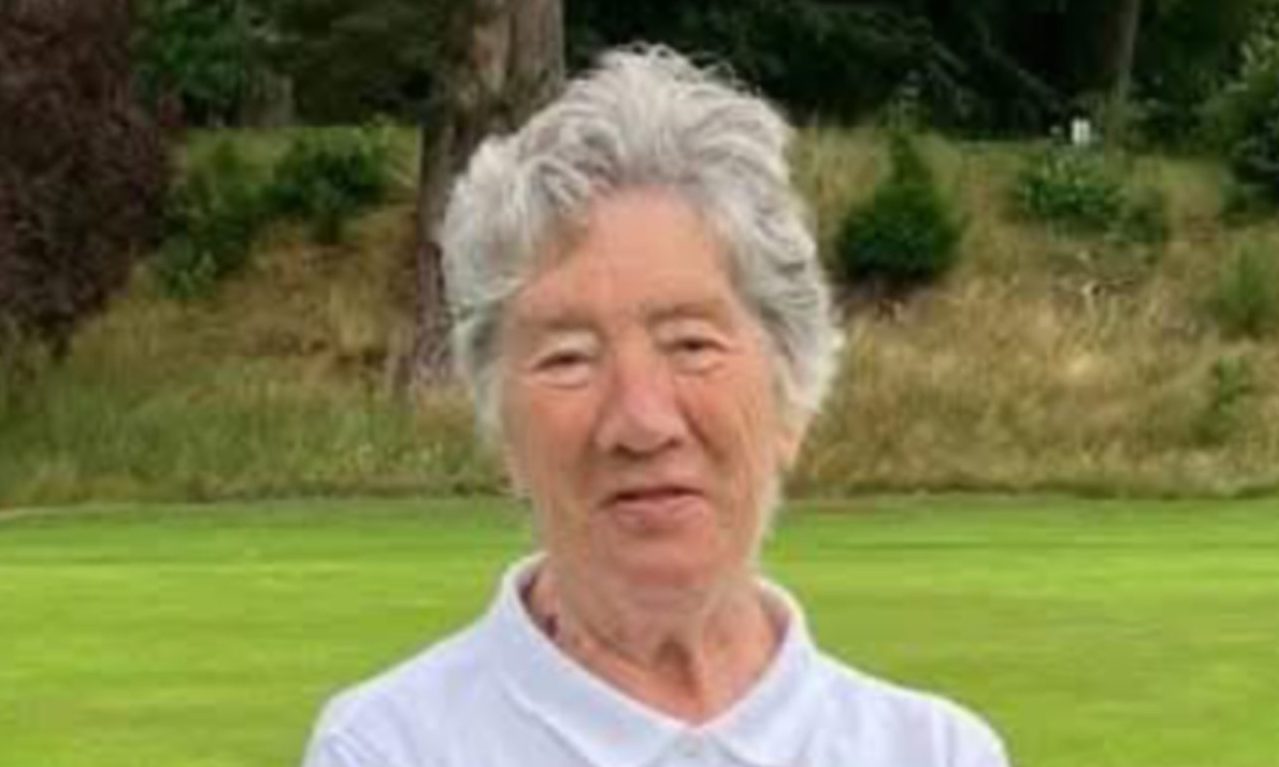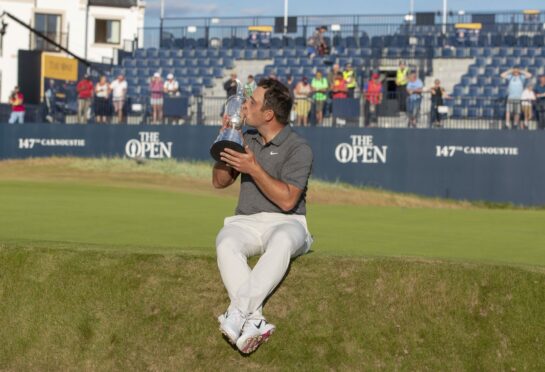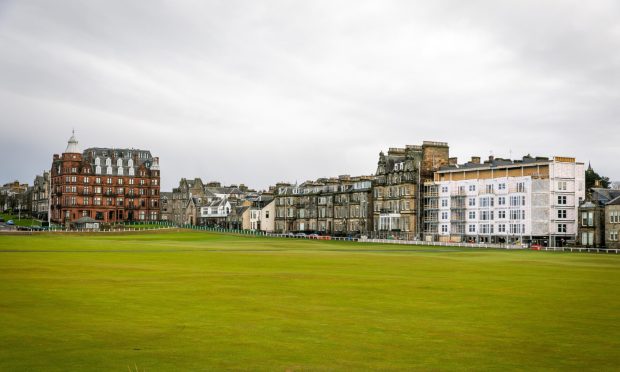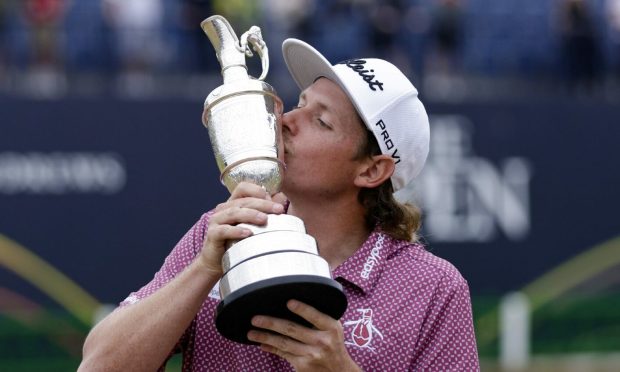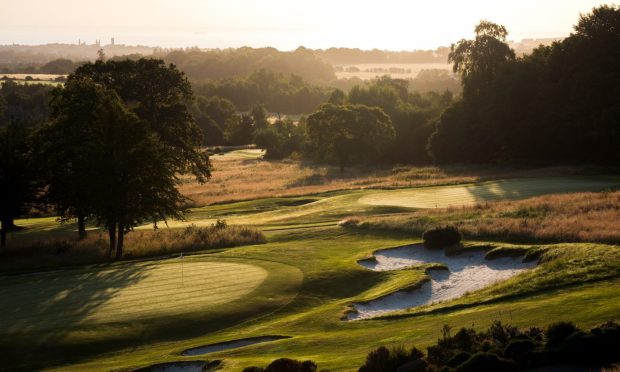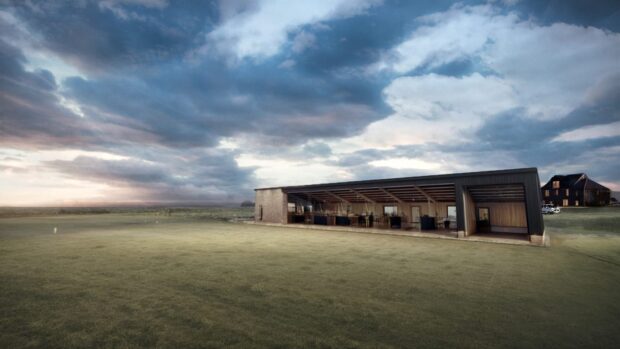When discussing the prospects for play prior to the 2010 Open Championship, the US golf writer Alan Shipnuck reckoned that it wasn’t all that likely the Open would be disrupted by bad weather. “St Andrews has its own microclimate which means it doesn’t get hit by really bad weather,” he wrote.
We can forgive Alan his naivete. He’d attended the 2000 and 2005 Open Championships when the weather had been uniformly glorious, the winds had been moderate – if they were there at all – and Tiger Woods had been literally unstoppable.
And indeed, St Andrews and the East Neuk does have a sort of microclimate of its own – you often see the rain clouds sweep across to the west as you stand on the links at St Andrews or Crail or Scotscraig, and it can be hosing it down in Cupar but sunbathing weather on the West Sands.
But not all the time. St Andrews is still in Scotland, still on the seaside, and in the Open of 2010 – and even more so in 2015 – the weather gods had their revenge.
Woods was the favourite coming into the Open of 2010, and you’d think that given his dominance on his two previous visits to St Andrews, that this would have been a unanimous thing. Only a whole lot of water had passed under the Swilcan Bridge in the year since he shockingly missed the Open cut at windy Turnberry.
His private life had utterly disintegrated the previous November. Tiger’s carefully constructed image as a superhuman athlete who was also an upstanding citizen and a caring, loving family man was in tatters.
He’d returned at the Masters and played well, finished third at the US Open, but the noises off from the scandal were distracting – they had to be, because it was relentless.
And there was a new, fresh-faced, appealing young star on the rise. He had curls which overflowed from under his cap over his ears, he looked like your little brother wearing your hand-me-downs, but he had an attacking, fearless style.
Rory McIlroy was just 21 and had won his first PGA Tour event before that birthday, shooting a final round 62 at Quail Hollow. He hadn’t done much at the majors yet, but the consensus was that would start sometime, and where better than St Andrews, which he knew well from his still-fresh amateur days and frequent Dunhill Links visits – he’d averaged 68 in his last eight rounds there.
We had a portent of what was to come on the Wednesday before the championship – a Champions’ Challenge to repeat the success of the 2000 Open’s event was completely washed out by a deluge. The course was still slow and wet the following morning, a complete contrast to the runway pace of 2000 and 2005.
But slow and wet was fine for the big hitters, even on an Old Course stretched to 7305 yards with several tees stationed outside its historic boundaries. There was no wind the first day, and the field made hay – it was the lowest scoring average for any single day of an Open at St Andrews.
Woods made 67, the same score he had on the first day ten years before. But he bemoaned that he was struggling with the green speeds, and he was four shots off the lead.
McIlroy shot 63, including a back nine of 30 – and even then he missed a three-footer for birdie at the 17th. It tied the best round in an Open and in a major, and one couldn’t resist the impression that the Old Course had turned her favours from Tiger to Rory.
It was still damp and heavy on the second morning, and a 27-year-old South African in second place on the leaderboard was in the second group out.
Louis Oosthuizen had played several Dunhills – Johan Rupert, the paymaster of that event, always has plenty of invitations for his promising young countrymen – so he was well accustomed to the links. Louis also hailed from Mossel Bay on the Eastern Cape, and his manager Chubby Chandler pointed out it was so windy there “that even the seagulls walk”.
Louis’ opening 65 would have been the best Old Course Open start ever, but for McIlroy. His second round 67 was almost as good, as when he turned for home the wind started to whip up.
By the time Woods and McIlroy in the Grandstand tee times were out, it was severe. At 40 mph gusts play was suspended for an hour with balls wavering in the wind on exposed greens.
Woods, who had his struggles in the links wind before, actually played well tee to green. However, the putting surfaces were like treacle compared to what he was used to, and he three-putted four times for a 73 – his first over-par round on the Old Course since his 1995 debut.
What Rory would have given for a 73, though. McIlroy seemed helpless – uncommonly for one who grew up in windy Northern Ireland. He bogeyed four, six, seven and eight, and doubled the short 11th, possibly the most difficult par three in golf when the wind is up.
Eventually he holed a four-foot knee-knocker at the 18th for a birdie-less 80. To his great credit, he was not as crestfallen as memory suggests, after the round or as the championship progressed.
When the winds finally died late on Friday, Oosthuizen had a five-shot lead on Mark Calcavecchia – who had played in the only group out earlier in the day than Louis.
The only question left after that was the South African’s resolve, and it proved unflappable. He shot 69 and coasted to a 71 on the final day with no-one visible in his rear-view mirror. Seven shots was the margin in the end, and although Louis was a surprise winner at the time, the big surprise now is that he hasn’t gone on to win more.
Rory rallied for a 69 and 68 to – this is often forgotten – finish tied for third. It’s still his only Open at the Old Course, after his famous football fives accident in 2015.
For Woods, the spell he had over the Old Course was gone. He had ten three putts through three rounds and although that improved on the final day, he finished T23. In 2015, when the weather was even worse, he missed the cut.
It was not an especially memorable Open – possibly the least exciting in competitive terms of all the 31 I’ve covered. But one will always stick with me, and it was at the very first shot of the championship.
The 1999 champion Paul Lawrie was chosen for the opening tee shot – the first time the R&A turned the first hit into the early Thursday morning ceremonial/celebration it is now.
It was a cool, drizzly morning, but there was a large group of support there for Paul. They were his family, obviously, long-time supporters and fellow pros, but also a special presence – his coach and mentor, Adam Hunter.
Adam, himself a European Tour winner in his time, had been fighting leukaemia for a year and was weakened by invasive treatment. Yet well-wrapped against the July cool, he wanted to be there for Paul on the first morning, and he managed to walk the whole front nine. He tragically succumbed to his illness a year later, just 48.
That moment – a little Scottish golfing community wandering the home links on an evocative first morning of the Open – is what I’ll always remember about the 2010 championship.
